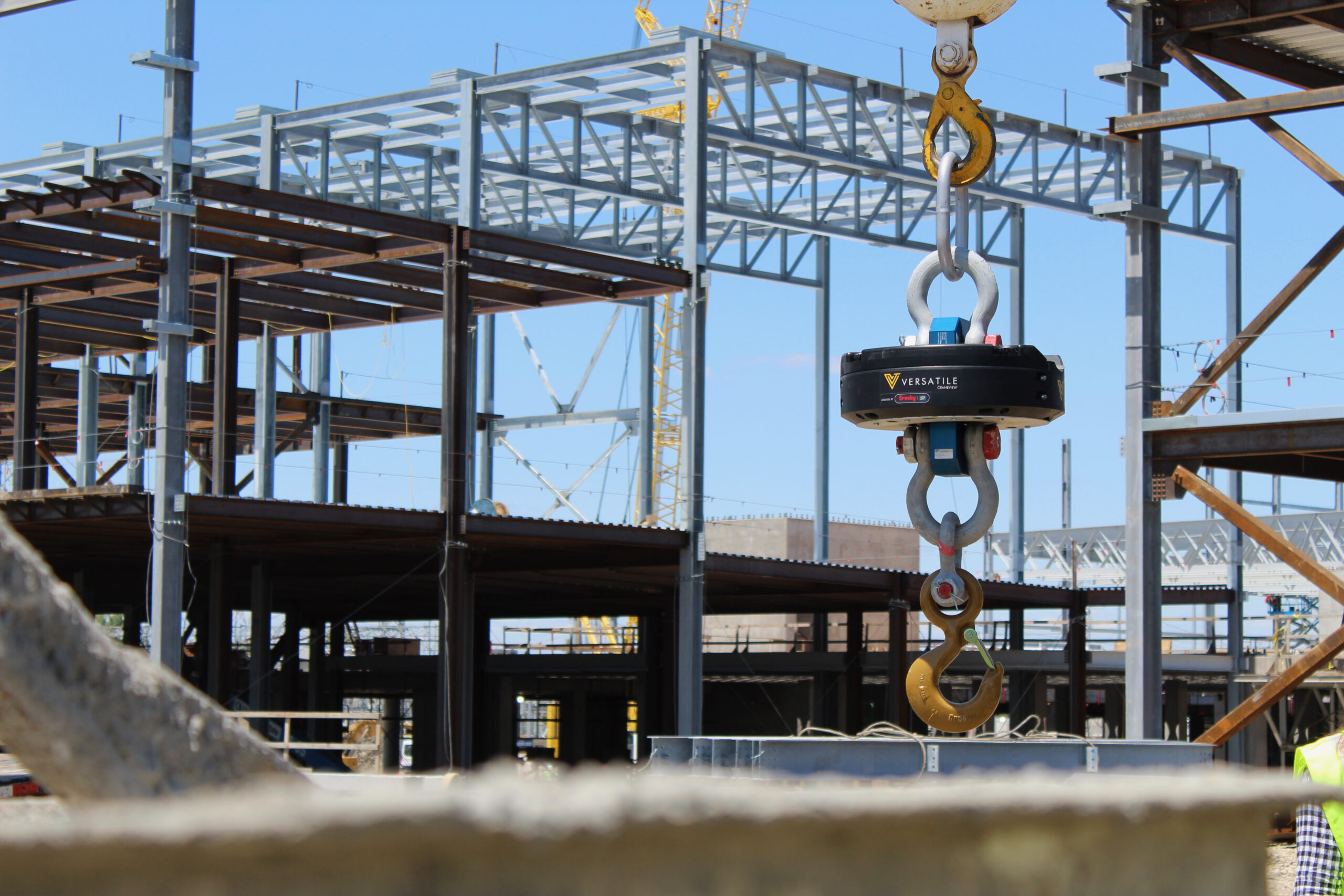This article was originally published in TechCrunch on March 15, 2022.
Written by Meirav Oren, Contributor
This year is poised to be significant for the construction industry and the technology that empowers its workforce. Data capture and measurement hold much promise this year thanks to $550 billion in funding allocated to infrastructure projects as part of President Biden’s Infrastructure Investment and Jobs Act. The bill also includes $100 million to construction technology over the next five years.
Data enhances our understanding of a project’s success. Construction crews’ job site knowledge is rich with insights, and technology can convert these insights into process benchmarks to improve overall performance, validate workers’ skills and plan future projects.
Savings on even one task — such as rebar installation — allow superintendents to extrapolate those efficiencies into expedited project timelines, leading to less overtime and a healthier work-life balance, as well as improved efficiency and safety.
Despite recent strides in construction technology, general contractors are still hesitant to implement new technology, with some struggling to secure organization-wide buy-in for new tools. According to JB Knowledge’s 2021 Annual Construction Technology Report (registration required), 35.9% of employees are hesitant to try new technology.
Timing is paramount for capturing the full value of data. The sooner teams deploy technology, the sooner they can begin benchmarking.
Here are a few tips general contractors should follow to accelerate the adoption of new tech in this space.
Avoid week-long training sessions
After introducing a solution, the last thing general contractors need is a lengthy training session, especially one that keeps them from their work. Such long training sessions shouldn’t be necessary for solutions built to scale immediately. In fact, the quicker they’re implemented, the sooner the solution can be optimized into project plans.
Data and analytics solutions can begin evaluating and validating job site information immediately without a long training process. Data captured on the worksite (particularly by experienced crew members) serves as guidance to upskill other crew members — which can be critical, given that 41% of the current construction workforce is expected to retire by 2031, according to a recent McKinsey report.
I recently visited a superintendent who was also a former crane operator. With decades of experience, his knowledge was deep — the crane was almost an extension of his own arms. We were at a customer job site to observe the project and learn about the procedural elements of the site, particularly how crane picks influence project timelines. The construction team prepared to move a piece of equipment off a roof, estimating they would need three hours of hook time to accomplish the move.
“We can move this in an hour and 45 minutes,” the superintendent countered.
Sure enough, he was right, and the crew hit their mark in one hour, 45 minutes and 25 seconds.
Data capture then transformed the institutional knowledge from the team into a digital environment. The general contractor was able to set benchmarks, evaluate overtime needs and execute future project timelines optimized for safety and labor efficiency.
The superintendent set a standard for pick times, setting an example for the builder’s crews for all future projects. His decades of experience were captured, validated and turned into procedures for easy repeatability by even new superintendents and project managers.
Introducing seamless, proven solutions underscored by peer examples will accelerate construction technology’s adoption across leading global builders without enforcing strict training regimens.

Break away from pilots and proofs of concept
Pilot programs and proof-of-concept strategies engage construction crews passively. Pilots put too much pressure on a single team to produce a desired outcome. Often, those specific experiences influence a general contractor’s ability to make a decision and impede the overall project timeline.
Waiting 18 months for a pilot to end and produce results means 18 months lost in gaining efficiencies for ongoing projects. General contractors want to see proven, vetted technologies backed by peers in their industry, reflecting not just how one person’s job is improved, but the entire crew’s.
To do this, construction leaders must introduce new technology with clear case studies that feature repeatable, consistent results. More importantly, leaders must emphasize technology’s time to value. For many construction technology solutions, general contractors should expect about three months between implementation and insights.
Seek non-intrusive solutions that can be deployed quickly, used on any job site, anywhere, and implemented with little to no disruption to the project team. The risk of doing nothing — or embarking on a lengthy pilot program — is much higher than investing now.
Highlight the people-centric benefits of technology
Too often, construction professionals focus only on efficiency and cost savings as the tactical benefits of technology. While these are positive, it is equally important to emphasize a solution’s human benefits to everyone at an organization.
For crew members, new tech could mean a healthier work-life balance and a system that supports their unique skills. For executives, construction technology creates less overall risk. Such a mutually beneficial investment should be presented as a technology that improves lives.
Employees need to know their organizations are at the forefront of technology advancements through unified communications from their employers.
Recognize early adopters and pioneers
In addition to internal communications, organizations should consider incentive programs that recognize early adopters and pioneers. Teams should recognize that new technology gives them a competitive edge.
Acknowledge the superintendents or other leaders who step up first to deploy new solutions, and ensure acknowledgment or rewards cascade to the larger project crew to inspire other general contractors and crew members within the organization.
As construction evolves, advanced data capture and insights will serve as an indicator of successful projects around the world. With an anticipated surge of projects driven by federal funding, it is imperative for general contractors and EPCs (engineering, procurement and construction) to leverage technology to benchmark success and scale for future projects.
Organizations can accelerate construction technology deployment — and realize its benefits quickly — by avoiding cumbersome training programs, breaking away from pilot or proof-of-concept programs and highlighting the people-centric nature of new technologies.
Meirav Oren is the co-founder and CEO of Versatile, a construction technology startup using AI and IoT to help construction professionals in making data-driven decisions to support job site safety and productivity.
